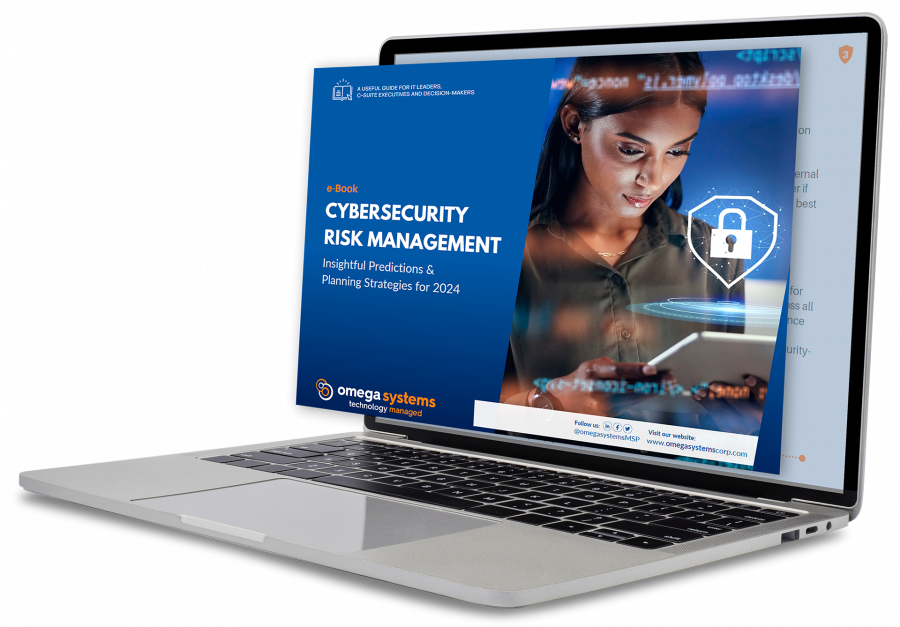
What was your first day like?
When I first started at TNS almost 10 years ago (April 7th, 2018 in case you want to send me flowers) I still remember my first day. I met my new manager, got a tour of the office, then sat down to get acclimated and trained on what my new role entailed. Many of you have had similar experiences, but many of you have not…
Responses I’ve received, when asking the question ‘what was your first day like?’ or ‘what training did you receive when you started with your current Company?’ have run the gamut from ‘my first day was great, lots of information and stuff to remember!’ to ‘I was led to an empty desk with my name on it and had to figure it out.’ The number one takeaway for me, regardless of the feedback, was a lack of consistency when it comes to the process of orienting new employees and how they are trained on not only how to do their job, but also the message and vision of the business. So, how did The TNS Group combat this inconsistency?
Our solution was, after some serious research and development, a computer-based training (CBT) platform that was easy to use, robust in features, and polished in presentation… enter the famed Learning Management System (LMS). An LMS is like a Content Management System (CMS), such that one would use to manage a website (thetnsgroup.com hearts WordPress but don’t forget Drupal and Joomla!, to name a few), but geared toward education/training. Most LMS(s) have a slick interface, intuitive web-driven content management, and security features like Active-Directory integration.
There are many LMS platforms on the market and they are similar in as many ways as they are different. Some are geared solely to K-12 education, while others are for corporate training exclusively. Some offer their platforms as open-source and publicly available options, while others are available for purchase as a turn-key solution (some with pre-built course content available for purchase). Know that open-source shouldn’t translate to free, as infrastructure and/or hosting options are required.
Not to pile on… but there are also many ways to deliver each course, lecture, live training, etc., and the style of each is very different in terms of functionality, as well as aesthetics. You can create Books, Lessons with adaptive questions and ways to validate materials (like a Choose Your Own Adventure book!), Live Classrooms (this typically requires a deeper platform integration), oh my! I could live in our LMS… if I had the available time.
So… what challenges might you, as a business or process owner, face?
TIME:
While there are several LMS platforms out there, some open source and publicly available, and some a pay-for service, there’s a soft-cost of labor to develop the tool. Developing and managing an LMS can translate into a full-time job, depending on the intended use.
BUDGET:
Another challenge, in terms of getting a training platform off the ground for any business, is the potential for a mid-year project or non-existent budget. An adaptive training platform that’s extremely flexible, and doesn’t cost much (if anything) … how hard could it be right?
SKILLSET:
I’m going to get real here… it takes a certain balance of left and right brain to develop a training platform for a given business. That cross-functional skillset might not exist in your organization or is potentially booked for 11 of the 12 months in the year.
FEATURE SET:
As I said earlier… there are many options when looking into an LMS for your business. So many that a product comparison might not be enough. Make sure that you’re choosing the right blend of features, budget, cost, and time (don’t forget that you need a team that has the requisite skillset). There can also be a bit of ‘Analysis Paralysis’ when it comes to designing or implementing a new platform for your business, so it’s important to work with your IT department or Managed Service Provider (MSP) to make sure you’re balancing form as well as function.
AVAILABILITY:
A common misconception is that designing and implementing the solution is the sole challenge. But posing questions like ‘Is my solution resilient to downtime or disaster’, ‘who am I providing this content to, internal or external users?’ or ‘Is it publicly available?’ can open up Pandora’s Box… This is really the technologist’s (IT department or MSP) time to shine. It is critical to work with them to ensure your infrastructure/implementation is right from a technology standpoint. Things like High Availability, Bandwidth, and Performance are all affected by choices made in what could be the first few steps of an LMS implementation (or any implementation for that matter). Measure twice, cut once whenever possible. It’s easier to change the implementation and technology surrounding it before you jump in with both feet.
---------
I know I shared a bunch of information, so I want to sum it up here very simply.
All companies struggle with training at some point…
Well, maybe not Google or Apple (but I’m sure they had their own struggles) … they seem to be able to scale ?. Again, what’s a great way to scale? IMHO (In my humble opinion) standardize the message and training that your team receives and that your company provides. Just because you’re not a monolith in your industry (maybe you are) with thousands of employees (maybe you do have thousands) doesn’t mean you can’t standardize your training platform for a richer employee experience.
As an IT professional, after the risks, developing a training platform can be downright daunting...
So… what can you, as a business owner or decision maker, do to unify your team(s) and help elevate what your business does? The message you send as an organization? The help and outreach that you provide to the world? The first thing to do is to recognize that, quoting Zelda… It’s dangerous to go alone! Take this!
By: Matt Schenkman, Client Services, The TNS Group
Categories: Managed Service Provider, MSP Blogs




